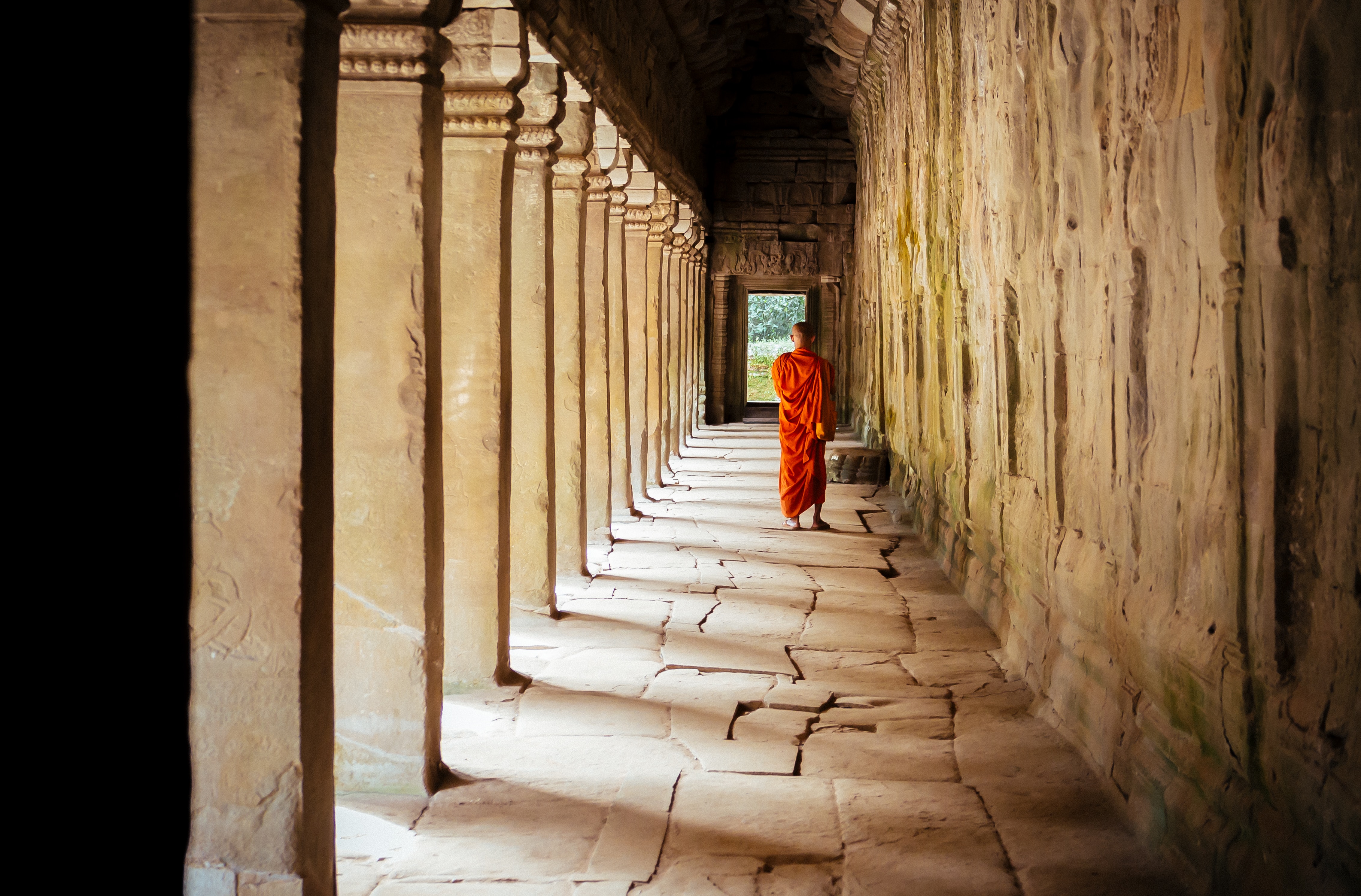Religions in Malta
Malta is a predominantly Catholic country, and the Roman Catholic religion is enshrined in the Constitution as Malta’s official religion. Due to Malta’s location in the Mediterranean sea and its colonial past, other religious communities have been present to various degrees throughout history.
Currently, Malta’s economic attractiveness and its presence on one of the Mediterranean’s most prominent seaward migration channels are the two factors that are contributing to increased diversity of its religious and cultural landscape.
While the country still maintains a strong Catholic national identity, other religious communities are increasingly present, and increasingly visible. These include, but are not limited to other Christian denominations such as Eastern Orthodox, Coptic, Protestant and Evangelical Churches, a diverse Muslim community, a Jewish community, a Hindu community, a Sikh community and a Baháʼí community. There are also people in Malta who observe no religion, some of whom share the Humanist philosophy of life.
















